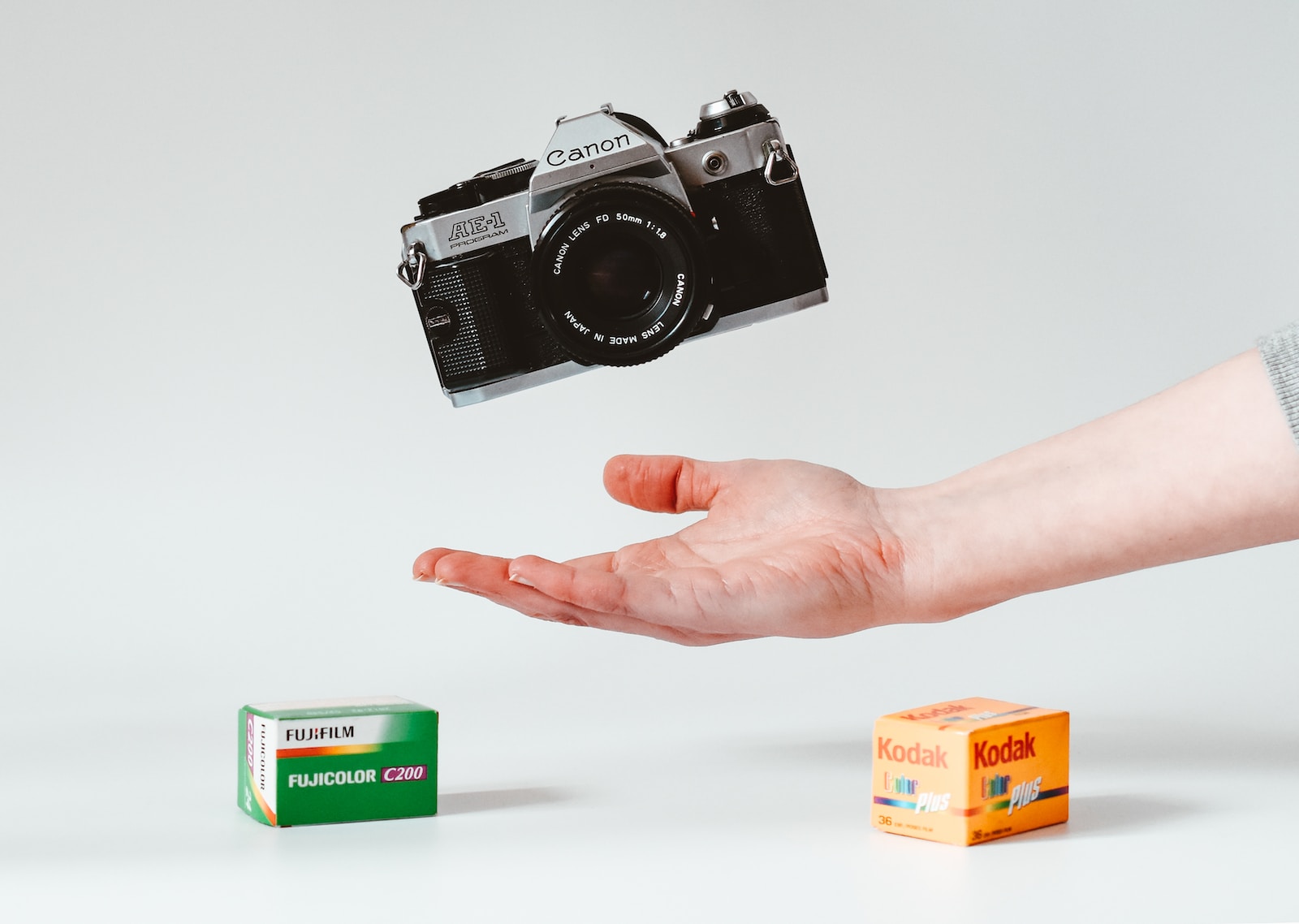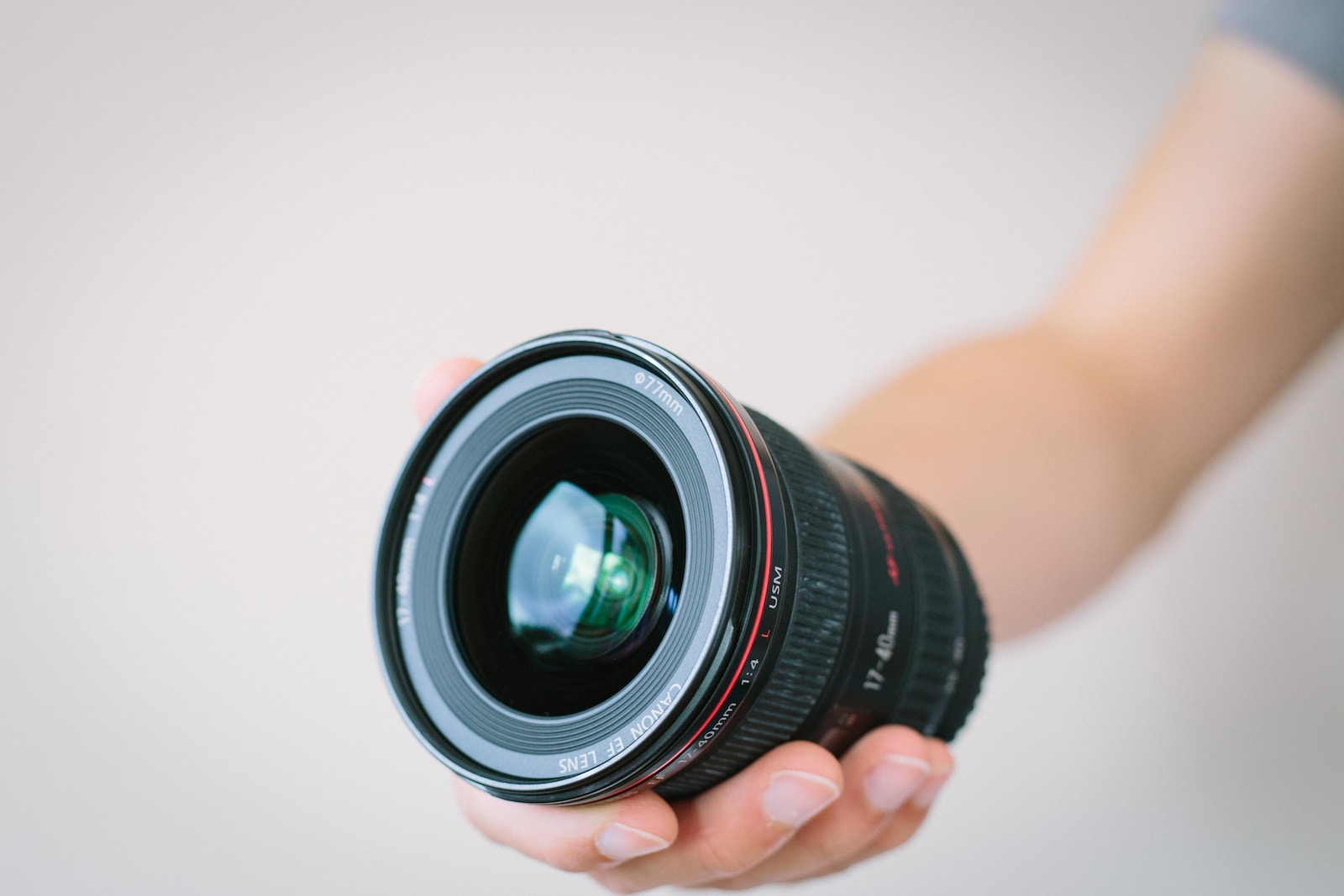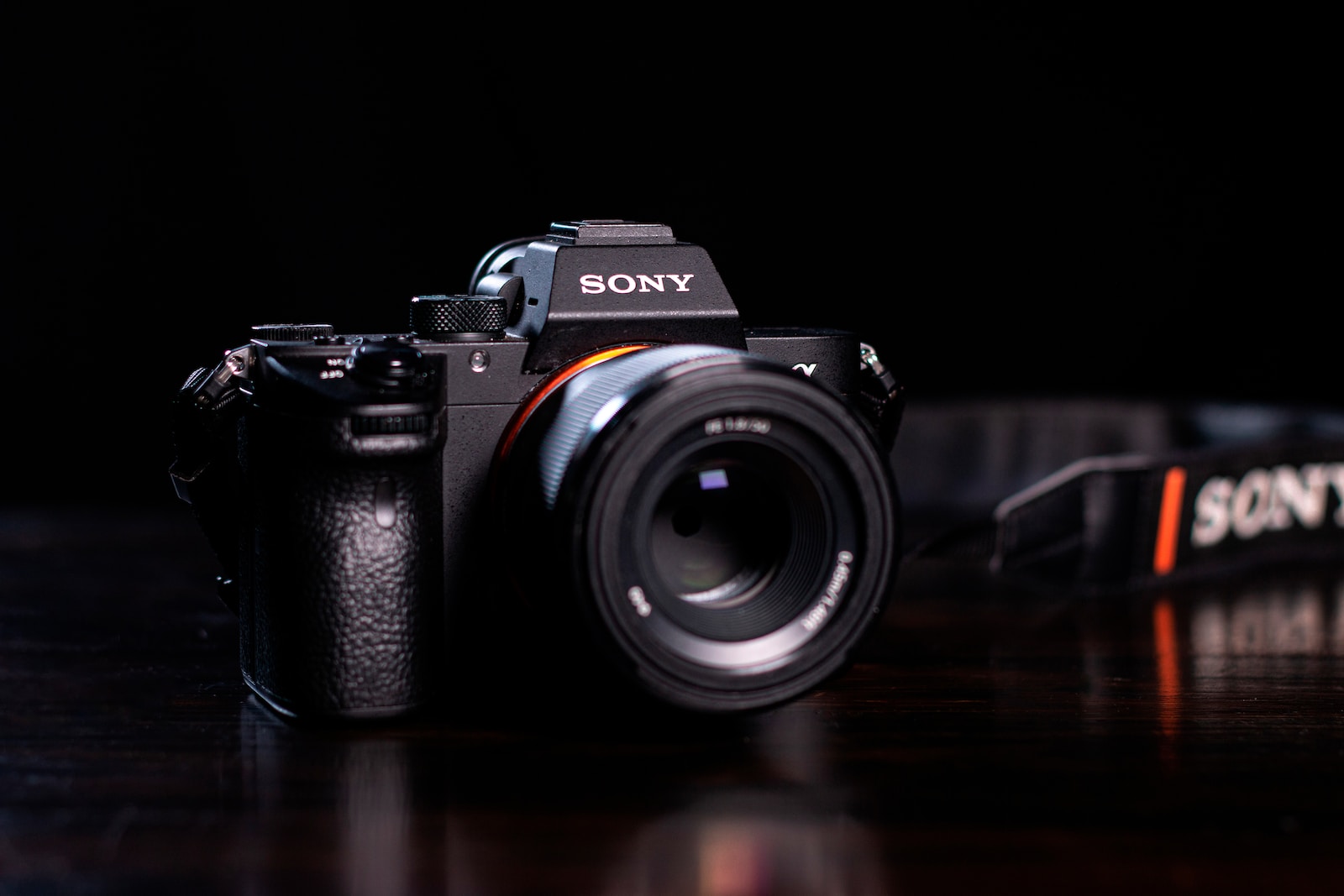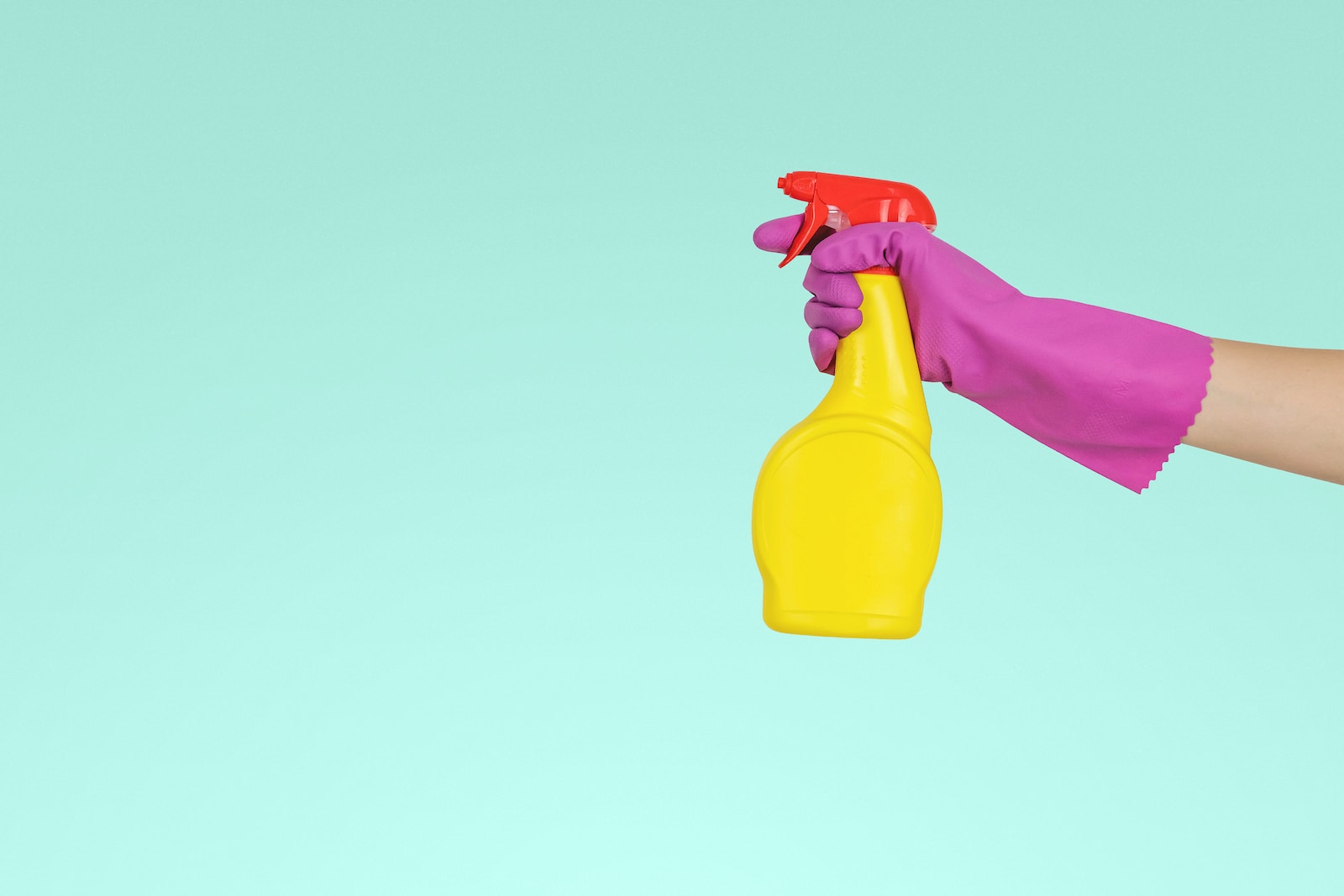Welcome to “Preserving Vintage: The Care and Maintenance of Film Cameras”! This blog is dedicated to exploring the unique challenges presented by film cameras and providing strategies to preserve them. Whether you are a photography enthusiast or a collector, this blog will provide valuable insights into vintage camera cleaning and preservation techniques. Join us on this journey to discover the secrets of maintaining these timeless treasures!
Table of Contents
- The Importance of Camera Preservation
- A How-To Guide to Ensure Longevity and Performance
- Frequently Asked Questions
- 1. Why should I preserve and care for my vintage film camera?
- 2. What are some common cleaning challenges faced when cleaning film cameras?
- 3. How often should I clean my vintage film camera?
- 4. What are some essential tools for cleaning a vintage film camera?
- 5. How can I prevent mold or fungus growth on my vintage film camera?
- 6. Is it recommended to disassemble my vintage film camera for cleaning?
- 7. Are there any specific tips for cleaning the camera lens?
- Wrap Up
The Importance of Camera Preservation
1. Understanding the Value of Film Cameras
Film cameras hold a special place in the hearts of photographers and collectors alike. They not only capture moments, but also embrace a sense of nostalgia and artistic craftsmanship. Vintage film cameras are often sought after for their unique features, charm, and historical significance. Preserving these cameras ensures that their stories and beauty continue to be enjoyed for generations to come.
2. Challenges in Cleaning Vintage Cameras
When it comes to cleaning film cameras, there are several challenges to be aware of. Over time, dust, dirt, and grime can accumulate, affecting the camera’s functionality and image quality. However, unlike modern digital cameras, vintage film cameras require special care due to their delicate mechanisms and materials. It is important to approach cleaning with precision and sensitivity to avoid damaging these precious artifacts.
3. Essential Cleaning Tools and Techniques
Keeping your film cameras in pristine condition requires the right tools and techniques. Start by using a soft brush or blower to remove loose debris from the external surfaces. For more thorough cleaning, a mild detergent solution and microfiber cloth can be used to gently wipe down the camera body and lens. Avoid harsh chemicals or abrasive materials, as they can damage the delicate surfaces of vintage cameras.
4. Lens Cleaning Tips
The lens is the gateway to capturing stunning images, making its preservation crucial. Use a lens cleaning solution specifically designed for camera lenses, along with a microfiber cloth, to remove fingerprints, smudges, and dust particles. Remember to exercise caution and never apply excessive pressure, as this can damage the lens coatings. Regular cleaning not only enhances image quality but also prolongs the lifespan of the lens.
5. Storage and Protection
Proper storage is vital to maintain the longevity of film cameras. Store them in a cool, dry place away from direct sunlight, extreme temperatures, and humidity. Utilize camera bags or protective cases to shield them from dust, moisture, and accidental damage during transportation. Additionally, removing batteries before storage prevents corrosion and leakage, ensuring your cameras are ready for action whenever you need them.
Interesting fact: The oldest known surviving photograph was taken by Joseph Nicéphore Niépce in 1826 and required an exposure time of around 8 hours!
6. Seeking Professional Assistance
While regular maintenance can be done at home, some situations may call for professional assistance. If you encounter more complex issues, such as jammed shutters or damaged internal mechanisms, it is advisable to consult a reputable camera repair technician. Their expertise and specialized tools can help restore your vintage cameras to their former glory, ensuring that they continue to be functional and cherished for years to come.
7. Connecting with the Vintage Camera Community
Preserving and caring for film cameras is not just a solitary endeavor. Engage with the passionate vintage camera community through forums, online groups, or local meetups. Sharing experiences, knowledge, and tips with fellow enthusiasts can not only expand your understanding but also foster a sense of camaraderie. Together, we can contribute to the preservation and appreciation of these timeless treasures.
Preserving vintage film cameras requires a delicate balance of cleaning, maintenance, and protection. By understanding the value of these cameras, employing proper cleaning techniques, and seeking professional help as needed, we can ensure that these beautiful relics continue to captivate photographers and collectors around the world. Embrace the art and history of film photography, and let your passion for vintage cameras shine!
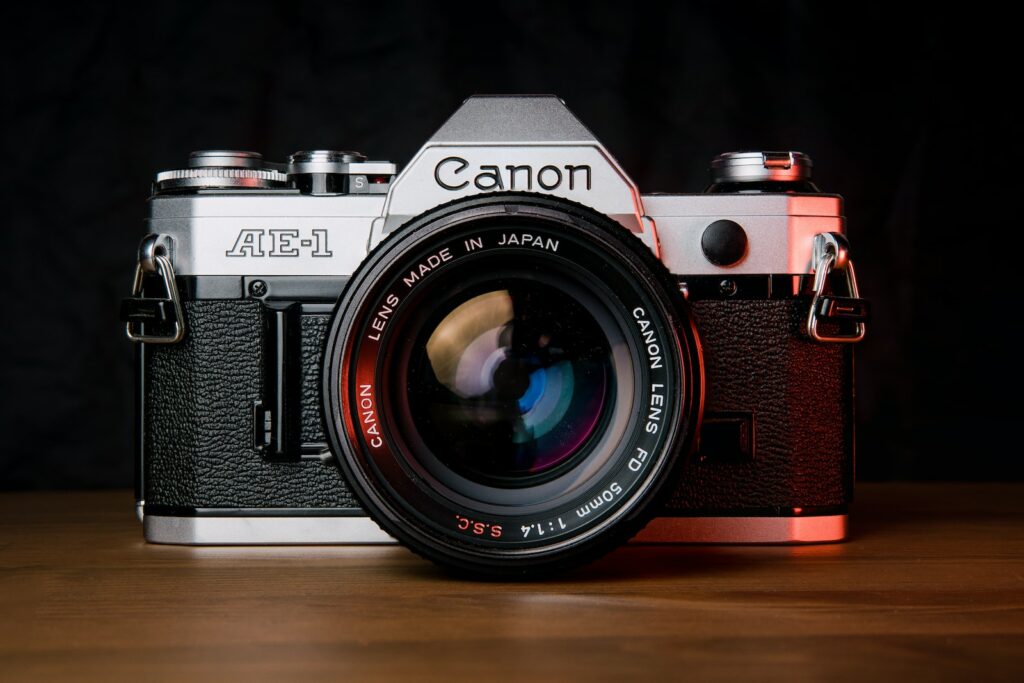
A How-To Guide to Ensure Longevity and Performance
For photography enthusiasts, film cameras hold a certain allure. The process of capturing an image on film, the tangible quality of prints, and the nostalgia associated with vintage cameras are all reasons why many photographers choose to invest in these timeless pieces of technology. However, it is vital to understand the unique cleaning challenges presented by film cameras and implement proper preservation techniques to ensure their longevity and optimal performance.
1. Cleaning the Exterior: The exterior of the camera, including the body, lens, and viewfinder, should be regularly cleaned to maintain the camera’s overall appearance and functionality. Use a soft, lint-free cloth to wipe away dust and fingerprints, delicately removing any grime without scratching the surface.
2. Lens Cleaning: The lens is the heart of any camera, and ensuring its cleanliness is of utmost importance. Begin by blowing away loose dust particles using a small, bulb-powered blower brush. Next, gently wipe the lens surface with a microfiber cloth or a lens-specific cleaning solution, using light circular motions. Avoid applying excessive pressure or using rough materials that could potentially damage the lens coating.
3. Film Chamber Maintenance: The film chamber is a critical compartment that requires regular attention. Start by inspecting the chamber for any debris or dirt buildup. If necessary, use a small, soft brush or a soft cotton swab lightly dampened with a mild cleaning solution to remove any stubborn residue. Remember to exercise caution and avoid applying moisture directly to the camera’s internal components.
4. Shutter and Focusing Mechanism: Proper maintenance of the camera’s shutter and focusing mechanism is essential for smooth operation. A blower brush can be used to clean any loose debris from these parts, followed by a light application of a silicone lubricant if recommended by the camera manufacturer. Consult the camera’s manual or seek professional advice before attempting any lubrication.
5. Storage and Environmental Considerations: When not in use, store your film camera in a cool, dry place away from direct sunlight. Extreme temperatures and humidity can damage both the camera body and film. Additionally, consider investing in a protective camera case or bag to shield your camera from potential impacts or accidental damage.
Preserving and maintaining vintage film cameras requires regular care and attention. By following the appropriate cleaning techniques and storing them in suitable conditions, these cherished pieces can last for many years to come. Remember, the joy of capturing moments with a film camera goes beyond just the final image; it is an experience that should be cherished and preserved for future generations.
Frequently Asked Questions
1. Why should I preserve and care for my vintage film camera?
Preserving and caring for your vintage film camera is important to maintain its functionality and value. These cameras hold nostalgic and historical significance, and taking care of them ensures that they can continue to be used and appreciated for years to come.
2. What are some common cleaning challenges faced when cleaning film cameras?
When cleaning film cameras, you may encounter challenges such as removing dust, dirt, and debris from the camera body, lens, and film compartment. You will also need to be cautious when handling delicate parts and components to avoid causing any damage.
3. How often should I clean my vintage film camera?
The frequency of cleaning your vintage film camera depends on how frequently you use it and the environmental conditions it is exposed to. As a general rule of thumb, it is advisable to clean your camera at least once or twice a year or whenever you notice significant dirt or dust accumulation.
4. What are some essential tools for cleaning a vintage film camera?
Some essential tools for cleaning a vintage film camera include a soft brush or blower to remove loose debris, microfiber cloths for gentle wiping, cotton swabs for detailed cleaning, and lens cleaning solution and lens tissue for cleaning the lens.
5. How can I prevent mold or fungus growth on my vintage film camera?
To prevent mold or fungus growth on your vintage film camera, store it in a cool and dry environment with low humidity. Avoid storing the camera in places with extreme temperature changes or where condensation can occur. Additionally, using silica gel packets or dehumidifiers in the storage area can help absorb moisture.
6. Is it recommended to disassemble my vintage film camera for cleaning?
Disassembling a vintage film camera for cleaning is a complex task that should only be undertaken by experienced individuals or professionals. It is generally safer and more advisable to clean the external surfaces and perform basic maintenance without disassembling the camera.
7. Are there any specific tips for cleaning the camera lens?
When cleaning the camera lens, always use a dedicated lens cleaning solution and lens tissue. Avoid using rough materials or excessive force that could scratch the lens. Make sure to follow proper techniques such as gentle circular motions and avoiding contact with the lens’s internal elements.
Wrap Up
Preserving vintage film cameras is not just about maintaining their functionality, but also honoring the history and artistry they embody. By following the proper cleaning techniques, you can ensure that these treasures continue to capture memories for years to come.
If you have any questions, suggestions, or personal experiences with vintage camera preservation, I encourage you to share them in the comments below. Let’s connect and preserve the beauty of film photography together!
